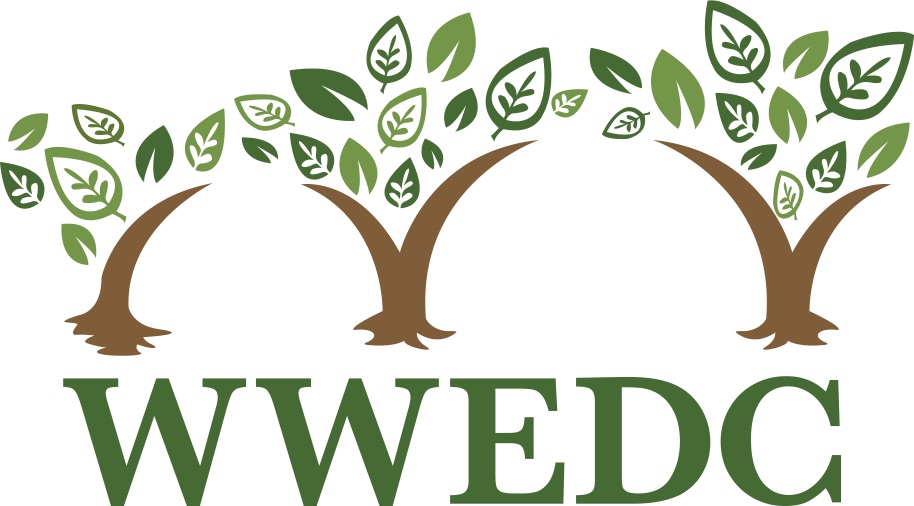On January 1, 2017, The Healthy Menu Choices Act will come into effect in Ontario. This Act requires restaurants with twenty or more locations to list calorie information for foods and beverages on their menus. Moreover, fast food joints, movie theatres, supermarkets and convenience stores that serve hot food must post the calorie counts of each item – including alcohol – on their menus, menu boards, tags in display cases and at drive-thrus. Then there’s the definition of ‘menu’ which includes not only paper table menus, but online menus, menu apps, advertisements and promotional flyers – all in the same size and prominence as the name and price of the food item. The act will make Ontario the first province in Canada to require calorie information to be displayed on menus, with the goal of providing consumers with information that will allow them to make more balanced food choices, along with the (hidden) agenda of obesity prevention.
While it is true that Canadians need help eating well, I have significant concerns about the proposed approach. In recent months, many articles have discussed the potential pros and cons of this approach and I expect the conversation will continue to increase as we head towards January. Articles I’ve read thus far discuss downsides that mostly focus on the costs restaurants will incur in testing their products and changing their menus to display calorie information. Here are just three of the many potential down sides that I see, and that no one seems to be talking about.
Calorie counting is a distraction from internal cues that our body provides us with
In most situations, hunger and fullness are great ways to gauge portions sizes that are right for you. The trouble is that we often fail to listen to these cues. We often eat quickly, while on the go, or in front of a screen. Some of us may push off or ignore our hunger. Many of us finish entire meals without even tasting them. Rather than setting a calorie target for meals, experiment with mindful eating. Trust your body; it’s smarter than you think! We trust our bodies to breath when needed and to control our body temperature for us, so why do we feel the need to count and control calories?
Calorie counts are a fear tactic, not an educational tool
Many of our nutrition-related health issues stem from the fact that we are over-worked, over-stressed, lack cooking skills and are out of touch with where our food comes from. We are already bombarded with a ton of nutrition information that leaves us feeling confused. Our society makes assumptions that individuals with a body weight above the ‘normal range’ eat too much or move their bodies too little. Rather than addressing underlying issues, encouraging individuals to choose lower calorie menu options and shaming those who choose higher calorie options is likely to make the situation worse. It promotes a toxic relationship with food, an unhealthy approach to weight and weight loss, and greatly increases one’s risk of dangerous and disordered eating behaviours (and for those already struggling with these illnesses, constant exposure to calorie counts can only serve to increase obsessiveness and exacerbate eating disorder behaviours). Instead, I’d love to see a societal shift that provides education on how to purchase, store and prepare nutritious food options and that helps individuals reconnect with natural hunger and fullness cues.
Calorie counts look at foods in isolation
We all have different calorie and nutrient needs, but we also all have different schedules and routines. There is no ‘right’ or ‘best’ menu option. The option that you choose on the menu should depend on how hungry you are, what you like the taste of, and what you feel like eating, not its caloric value. If you overhear the person at the table beside you ordering chocolate cake for dessert, you have no idea if they order it once a day or once a year. You have no idea what they’ve eaten so far today or what the rest of their day will look like. A single meal is simply a snapshot in time, it does not define you and it should not be used to pass judgement on others.
Calorie counts are coming to menus at chain restaurants in Ontario January 1, 2017. We may not be able to stop them, but we can work to control the effect they have on us. Challenge yourself to slow down, to listen to the cues that your body is giving you, and to use those internal cues to make food choices rather than being drawn to calorie counts. We are more than food, and food is more than calories.
Written by Lindzie O’Reilly, MAN, RD with contributions from April Gates, MSW, RSW





